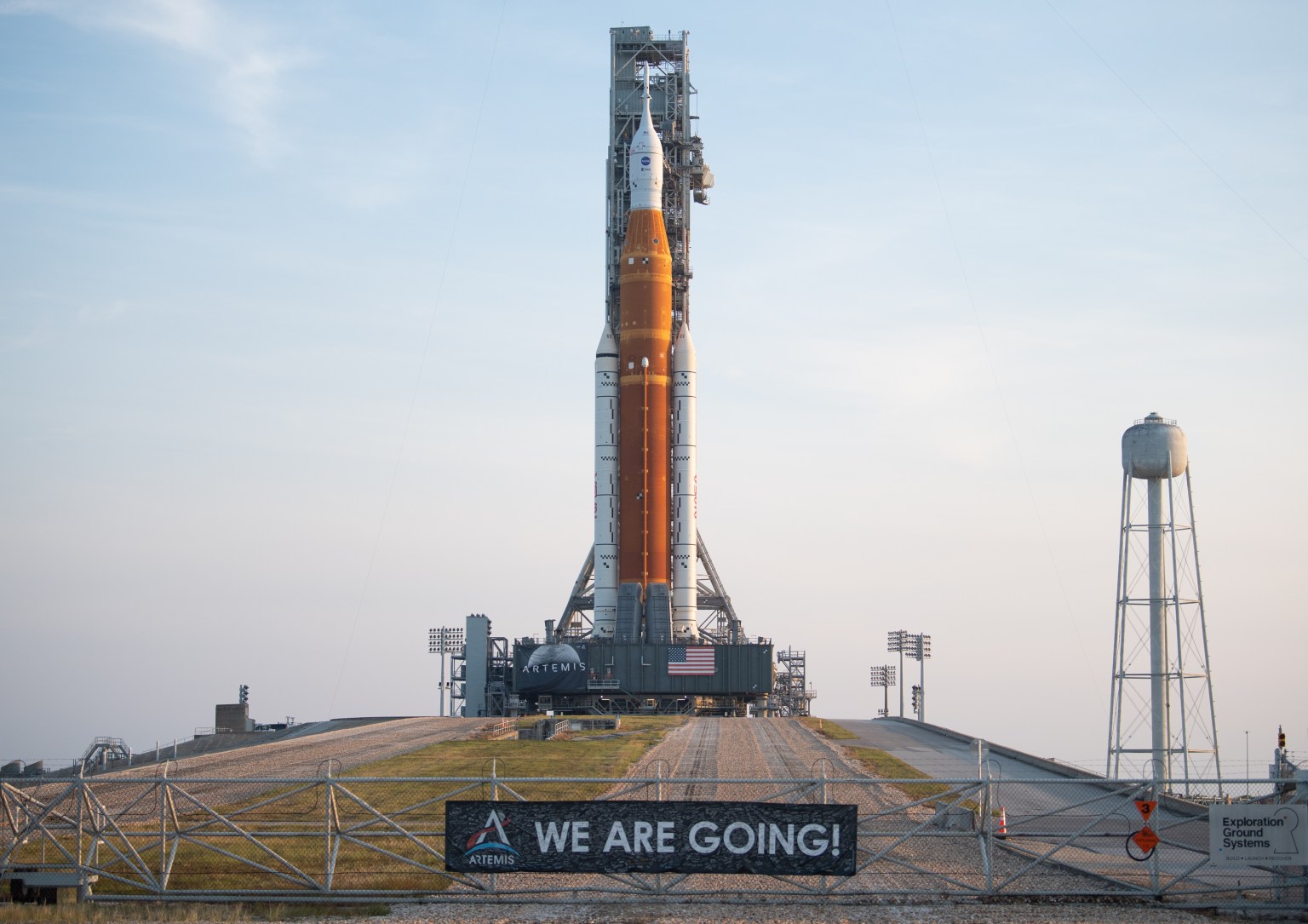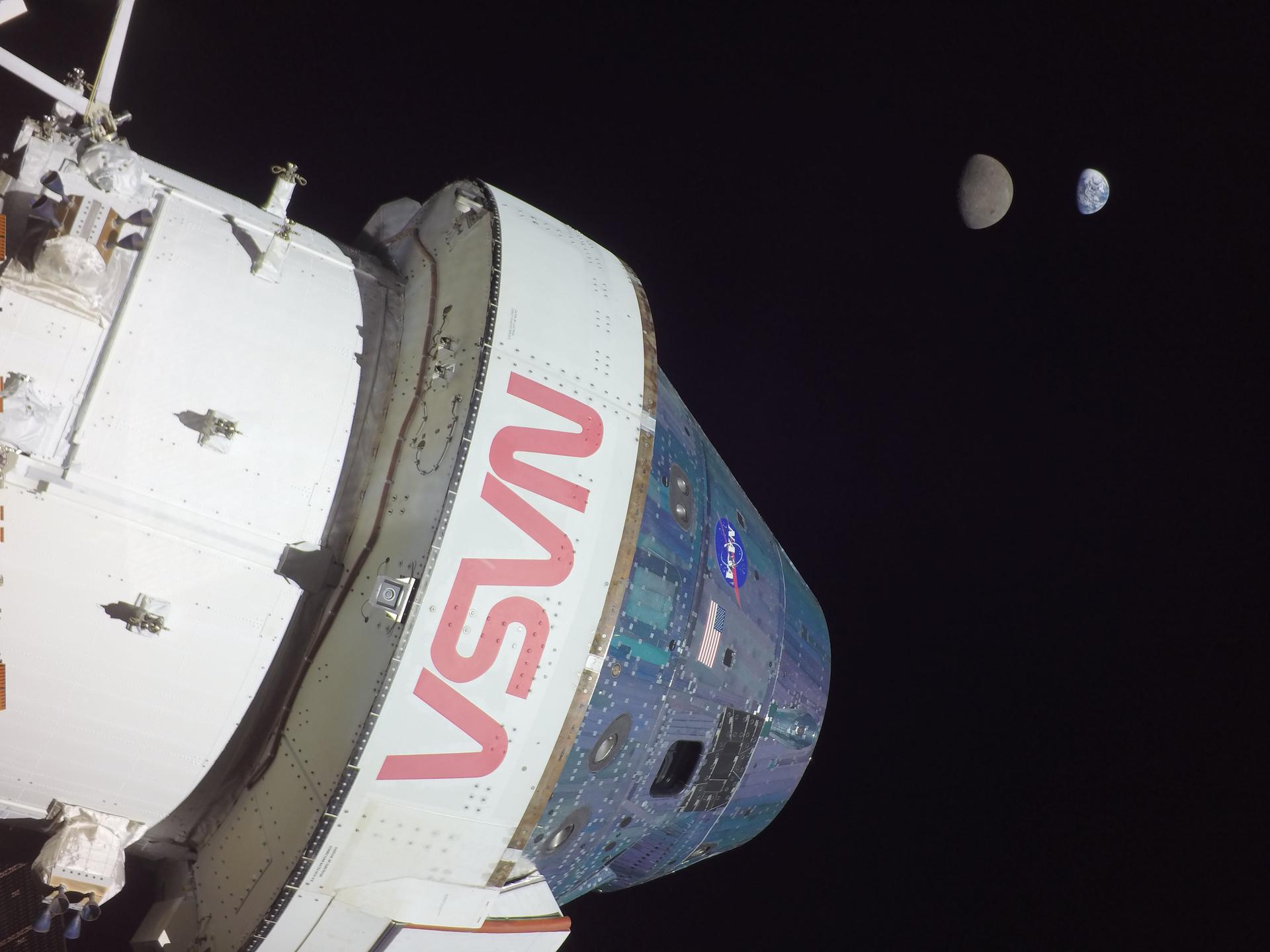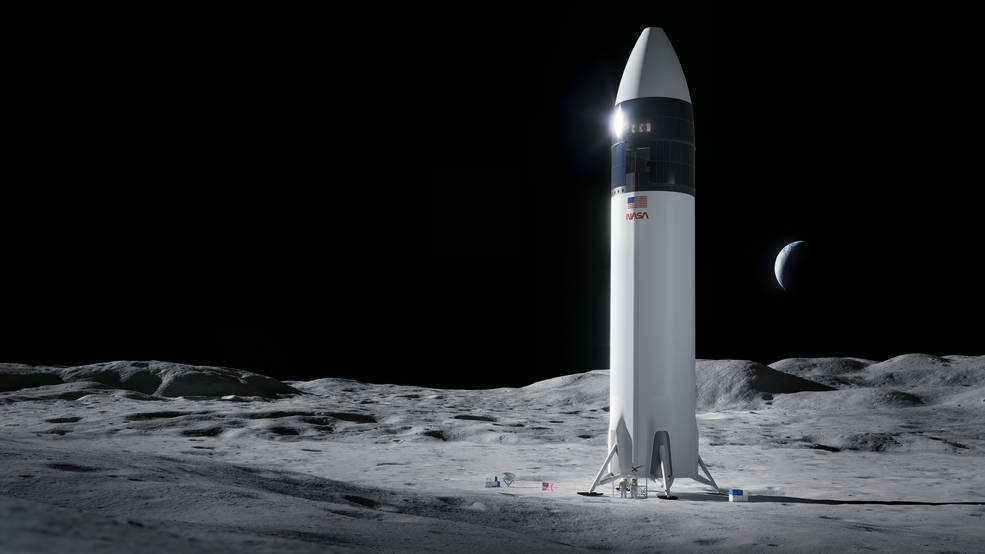3 min read
Preparations for Next Moonwalk Simulations Underway (and Underwater) 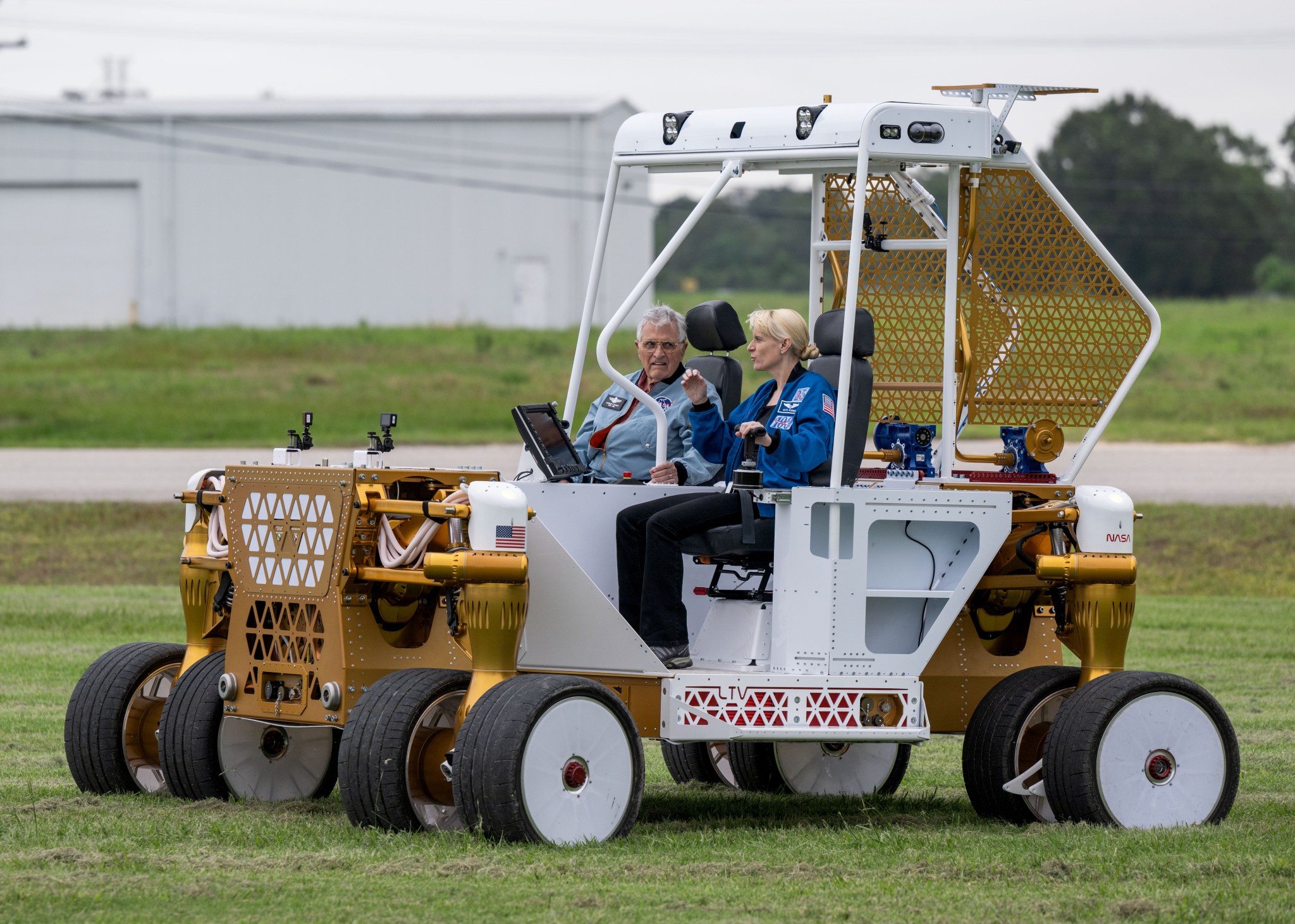 NASA astronaut Kate Rubins takes Apollo 17 Lunar Module Pilot Harrison “Jack” Schmitt on a ride on NASA’s rover prototype at Johnson Space Center in Houston.NASA/James Blair When astronauts return to the Moon as part of NASA’s Artemis campaign, they will benefit from having a human-rated unpressurized LTV (Lunar Terrain Vehicle) that will allow them to explore more of the lunar surface, enabling diverse scientific discoveries.
NASA astronaut Kate Rubins takes Apollo 17 Lunar Module Pilot Harrison “Jack” Schmitt on a ride on NASA’s rover prototype at Johnson Space Center in Houston.NASA/James Blair When astronauts return to the Moon as part of NASA’s Artemis campaign, they will benefit from having a human-rated unpressurized LTV (Lunar Terrain Vehicle) that will allow them to explore more of the lunar surface, enabling diverse scientific discoveries.
As crewed Artemis missions near, engineers at NASA’s Johnson Space Center in Houston are designing an unpressurized rover prototype, known as the Ground Test Unit. The test unit will employ a flexible architecture to simulate and evaluate different rover concepts for use beginning with Artemis V.
In April 2024, as part of the Lunar Terrain Vehicle Services contract, NASA selected three vendors — Intuitive Machines, Lunar Outpost, and Venturi Astrolab — to supply rover capabilities for use by astronauts on the lunar surface. While the test unit will never go to the Moon, it will support the development of additional rover prototypes that will enable NASA and the three companies to continue making progress until one of the providers comes online. Additionally, data provided from GTU testing helps inform both NASA and the commercial companies as they continue evolving their rover designs as it serves as an engineering testbed for the LTV providers to test their technologies on crew compartment design, rover maintenance, and payload science integration, to name a few.
“The Ground Test Unit will help NASA teams on the ground, test and understand all aspects of rover operations on the lunar surface ahead of Artemis missions,” said Jeff Somers, engineering lead for the Ground Test Unit. “The GTU allows NASA to be a smart buyer, so we are able to test and evaluate rover operations while we work with the LTVS contractors and their hardware.”
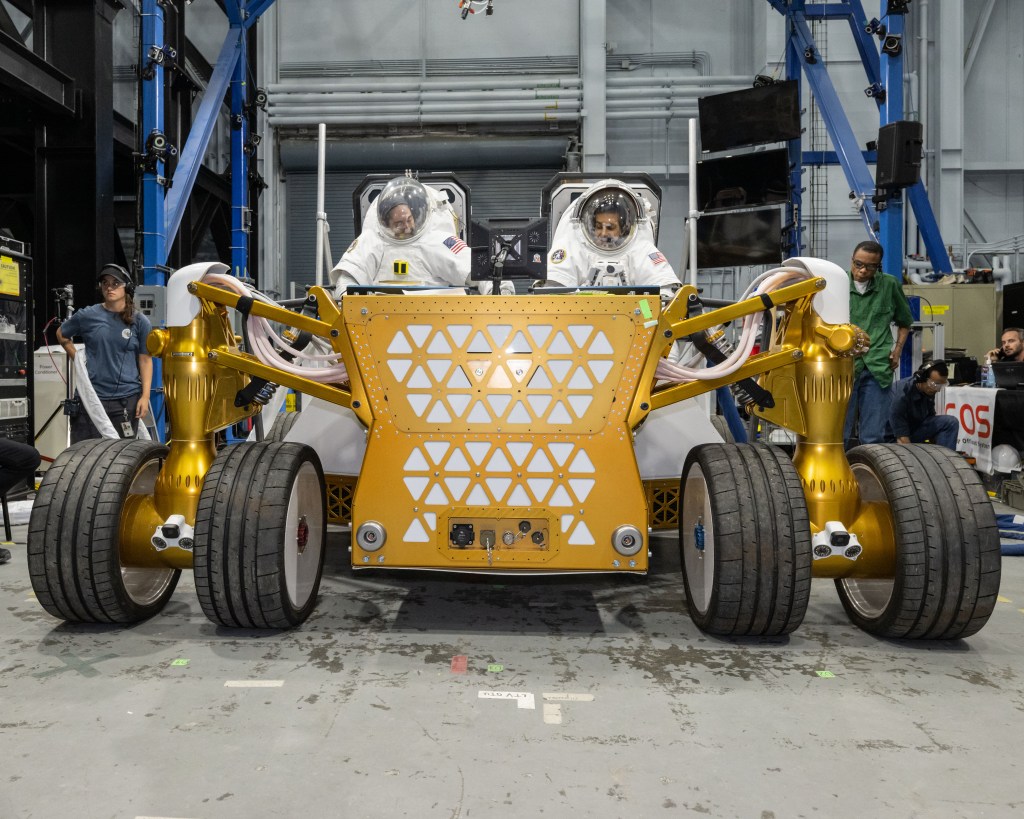 Suited NASA engineers sit on the rover prototype during testing at NASA’s Johnson Space Center in Houston.NASA/Bill Stafford
Suited NASA engineers sit on the rover prototype during testing at NASA’s Johnson Space Center in Houston.NASA/Bill Stafford 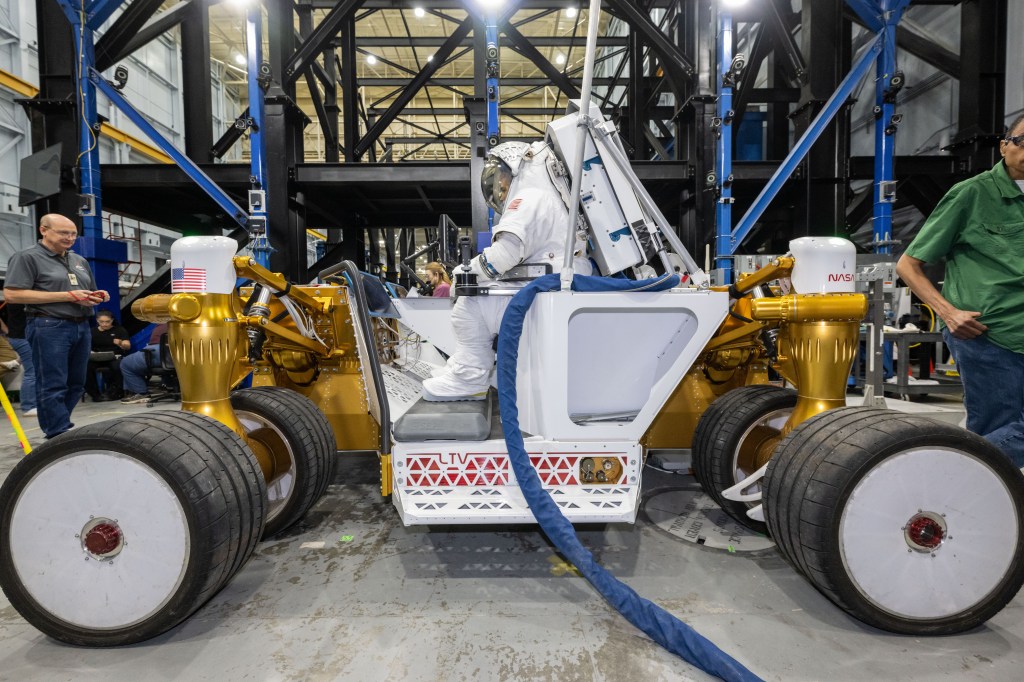 A suited NASA engineer sits on the agency’s rover prototype during testing at NASA’s Johnson Space Center in Houston.NASA/Bill Stafford
A suited NASA engineer sits on the agency’s rover prototype during testing at NASA’s Johnson Space Center in Houston.NASA/Bill Stafford 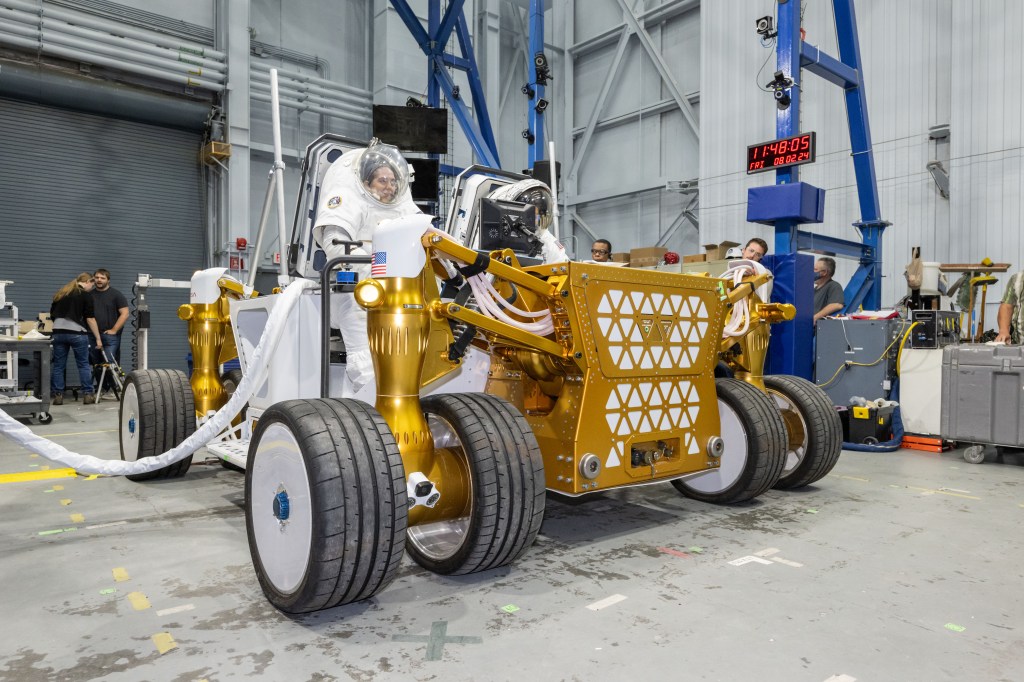 Suited NASA engineers sit on the rover prototype during testing at NASA’s Johnson Space Center in Houston.NASA/Bill Stafford The LTVS contractors have requirements that align with the existing GTU capabilities. As with the test unit, the vendor-developed, LTV should support up to two crewmembers, have the ability to be operated remotely, and can implement multiple control concepts such as drive modes, self-leveling, and supervised autonomy. Having a NASA prototype of the vehicle we will drive on the Moon, here on Earth, allows many teams to test capabilities while also getting hands-on engineering experience developing rover hardware.
Suited NASA engineers sit on the rover prototype during testing at NASA’s Johnson Space Center in Houston.NASA/Bill Stafford The LTVS contractors have requirements that align with the existing GTU capabilities. As with the test unit, the vendor-developed, LTV should support up to two crewmembers, have the ability to be operated remotely, and can implement multiple control concepts such as drive modes, self-leveling, and supervised autonomy. Having a NASA prototype of the vehicle we will drive on the Moon, here on Earth, allows many teams to test capabilities while also getting hands-on engineering experience developing rover hardware.
NASA has built some next generation rover concept vehicles following the successes of the agency’s Apollo Lunar Roving Vehicle in the 1970s, including this iteration of the GTU. Crewed test vehicles here on Earth like the GTU help NASA learn new ways that astronauts can live and work safely and productively on the Moon, and one day on the surface of Mars. As vendor designs evolve, the contracted LTV as well as the GTU allow for testing before missions head to the Moon. The vehicles on the ground also allow NASA to reduce some risks when it comes to adapting new technologies or specific rover design features.
Human surface mobility helps increase the exploration footprint on the lunar surface allowing each mission to conduct more research and increase the value to the scientific community. Through Artemis, NASA will send astronauts – including the first woman, first person of color, and its first international partner astronaut – to explore the Moon for scientific discovery, technology evolution, economic benefits, and to build the foundation for future crewed missions to Mars.
Learn about the rovers, suits, and tools that will help Artemis astronauts to explore more of the Moon:
Keep Exploring Discover More Topics From NASA Space Launch System (SLS)


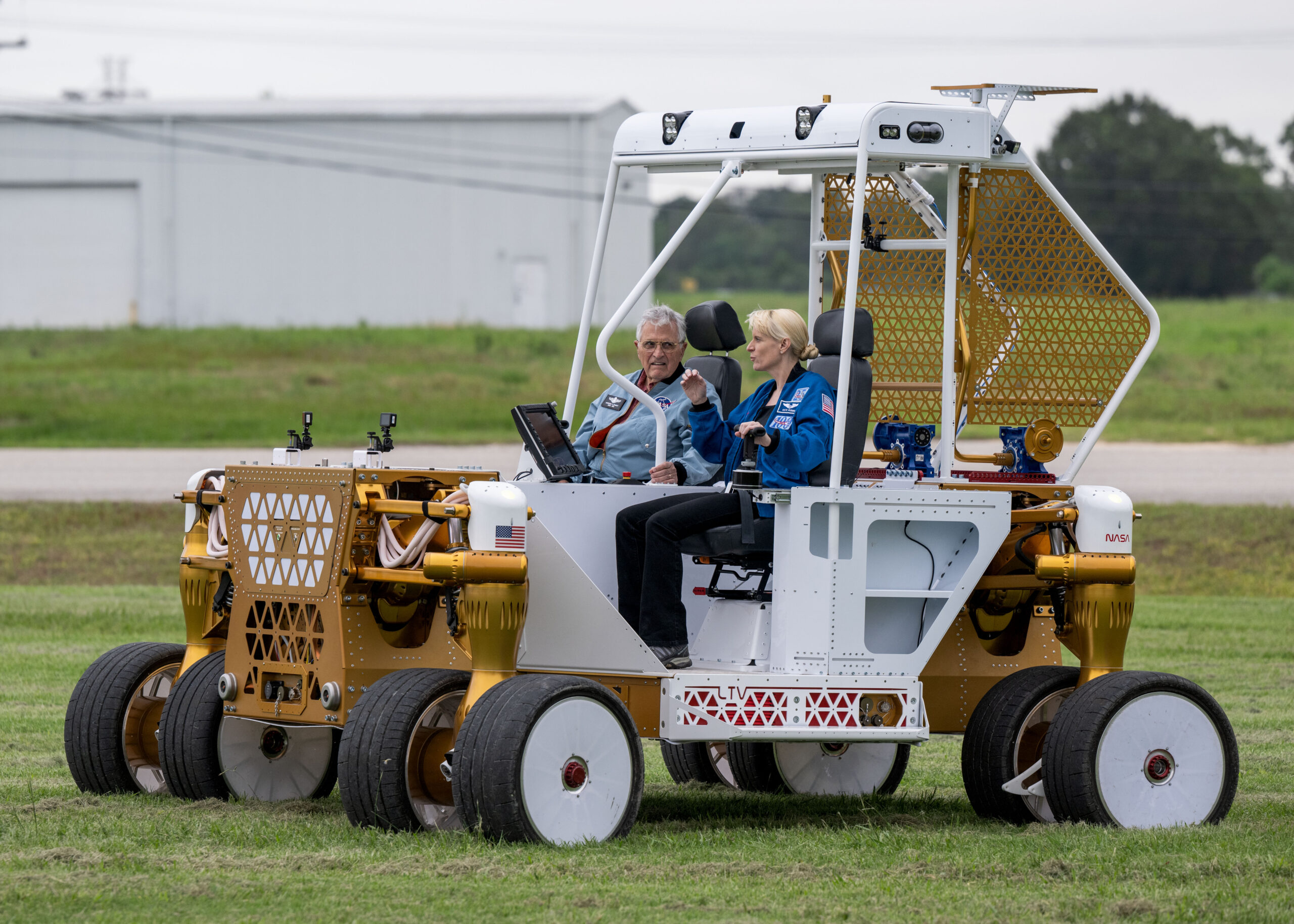
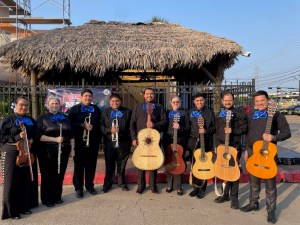 2 min read Mariachi and Moonshots: Melissa Moreno Orchestrates Gateway Communications Article 2 days ago
2 min read Mariachi and Moonshots: Melissa Moreno Orchestrates Gateway Communications Article 2 days ago  2 min read Station Science Top News: Sept. 27, 2024 Article 2 days ago
2 min read Station Science Top News: Sept. 27, 2024 Article 2 days ago 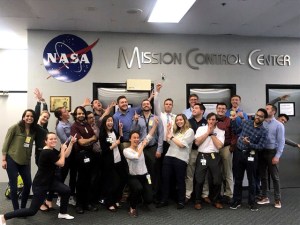 5 min read Aerospace Medicine Clerkship Article 2 days ago
5 min read Aerospace Medicine Clerkship Article 2 days ago 